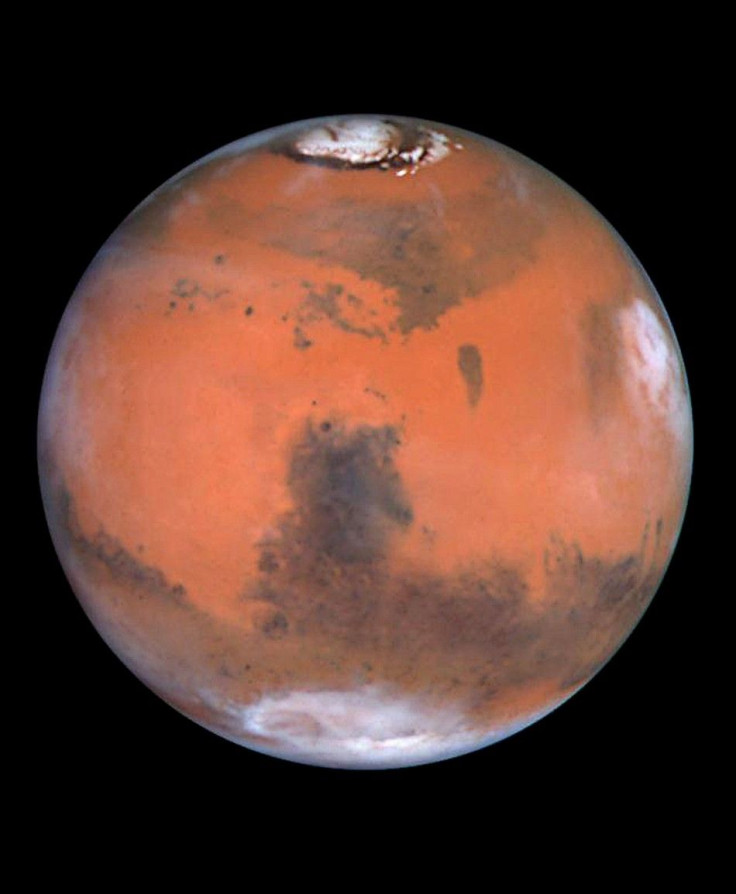Why Oldest Fossils On Earth Surmises Alien Life on Mars

When a team of geologist unearthed 3.4-billion-year-old fossils, the microfossils preserved in the form of tiny circles and tubes meant much more than mere discovery of the oldest fossils on earth.
The findings demonstrate the possibility of alien life, and serve as a great clue for advancing the search for signs of life on other planets such as Mars or the moons of Jupiter and Saturn, where oxygen levels are low or non-existent.
The fossils were discovered by a team led by David Wacey of the University of Western Australia and Martin D. Brasier of the University of Oxford, in the black sandstone of the Strelley Pool Formation in Western Australia, a beach-turned inland.
The fossils are believed to have developed more than 3.4 billion years ago, when the Earth was still oxygen-free.
Incredibly small in size, the microfossils are said to clearly show precise cell-like structures. They were found preserved on the oldest shoreline known on Earth between the quartz sand grains of the oldest sedimentary rocks ever discovered.
The location and makeup of the fossils led the scientists to believe that they were created when the Earth was still rife with volcanic activity and suffered regular meteor strikes.
Before the photosynthesizing action of green plants and algae began, early life is believed to have used sulfur for energy and growth in the harsh environment where the atmosphere was full of methane, causing greenhouse warming to heat the surface to molten rock and boil the oceans into an red-hot mist.
This ability to essentially 'breathe' sulfur compounds has long been thought to be one of the earliest stages in the transition from a non-biological to biological world, said Wacey.
.
We can be very sure about the age as the rocks were formed between two volcanic successions that narrow the possible age down to a few tens of millions of years, commented Brasier. That's very accurate indeed when the rocks are 3.4 billion years old.
It was pretty incredible, Wacey said of his first encounter with the microfossils preserved in the form of tiny circles and tubes. Martin [Brasier] had seen huge amounts of material and he was tearing his hair out. He thought he would never find anything.
The discovered microfossils are 200 million years older than the next oldest example of fossil microbes found last year.
Researchers are convinced the tiny fossils showing cell-like structures are biological rather than mineral, due to their clusters formed in appropriate habitats as well as the chemical make-up of the structures.
At last we have good solid evidence for life over 3.4 billion years ago, said Brasier. It confirms there were bacteria at this time, living without oxygen.
Brasier even went so far as to suggest that the fossils indicated that there could indeed be life on planets within Earth's solar system.
Could these sorts of things exist on Mars? It's just about conceivable. This evidence is certainly encouraging, and lack of oxygen on Mars is not a problem, he said.
I mean, wow, we now know that sulfur-based metabolism happened very early on Earth. And early Mars had water and sulfur. It shared in many ways the environment of the early Earth, said , David Des Marais, an astrobiologist at the NASA Ames Research Center
This gives us confidence that looking for these types of organisms on Mars is a good strategy.
© Copyright IBTimes 2025. All rights reserved.





















